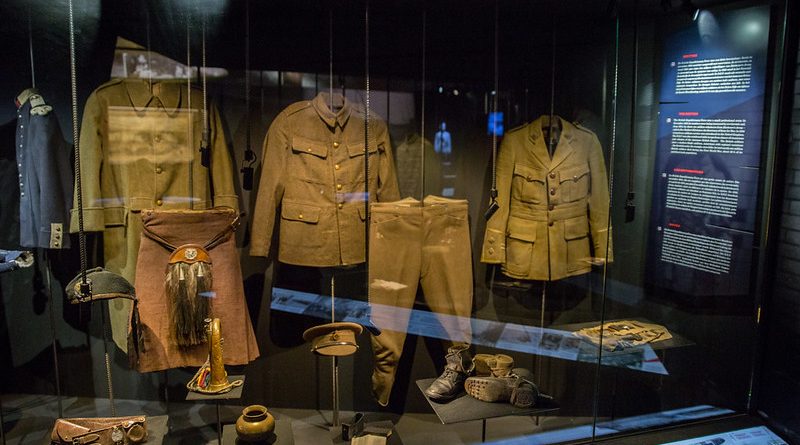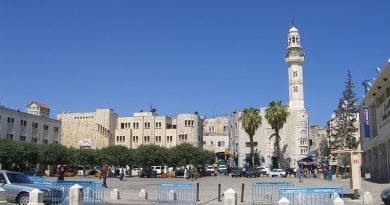In Flanders Fields
History Facts
Where: Ypres, West Flanders, Belgium
When: World War One, 1914 – 18
History: Location of British and German trench warfare, perhaps the longest and most tragic battles in all history
Go there for: take a tour of the interactive and moving museum and Ypres’ cemeteries. Hear the bugler’s Last Post to pay tribute to the many missing and dead.
The ancient town of Ypres, once the centre of the medieval wool trade, was completely destroyed during the First World War (1914 to 1918) when it was used as a supply depot for the British forces fighting in the trenches just to the east. In the south western corner of Belgium, Ypres and its surrounding area was the last stronghold of territory unoccupied by the Germans and acted as a barrier to the German advance to the French coastal ports in the Calais region.
The Germans shelled Ypres to the ground, but following the war the town was rebuilt to its earlier design – there’s even a replica of its thirteenth century Lakenhalle (cloth hall) and these days it contains the excellent In Flanders Fields museum.
For the people of Ypres, the depth of tragedy and horror of World War One still lingers – from the necessary reconstruction of the town, to the dozens of cemeteries across the area, to the vast amounts of unexploded ordinance littering the countryside – all of which was the impetus behind the museum which opened in 1998. The museum is organized thematically and is experiential rather than coldly factual. At the beginning of the tour you can enter a person booth in which you’re assigned a real historical character whose destiny you follow throughout the museum which is designed to bring you closer to the genuine wartime experience.
The Ypres Salient stretches for 25 miles from Langemark north of Ypres to close to Menen near the border with France. The Salient was a bulge in the frontline between the opposing armies which ran from the North Sea at Nieuwpoort in Belgium through to Switzerland. Because both armies felt this would be a good place to break through each other’s lines this area witnessed a large concentration of men and four major battles including the infamous Passchendaele of July 1917.
This battle, lasting 100 days and resulting in around 400,000 casualties on both sides, has become synonymous with the senseless waste and violence of World War One. During this battle a staggering 4.7 million shells were fired into the narrow salient protruding into the German front line; as many as a third failed to explode in the wet clay. Dovos, the Belgian army’s EOD (explosives ordnance disposal) team, receive 3,000 calls per year and remove hundreds of tons of shells, trench mortars, grenades, and other weapons still left from World War One. They predict it could take over 70 years more to complete the disposal.
Visiting Ypres Today
Apart from the live ammunition, there are lots of other wartime remnants to visit. Tyne Cot Cemetery is the largest British Commonwealth war cemetery in the world. The flowers that have been planted here are all native to Britain so that those buried here can feel at home. It’s a haunting place with rows upon rows of white crosses; 11,956 graves and the Memorial to the Missing inscribed with the names of a further 35,000 men whose bodies were never found.
There’s also the Deutscher Soldatenfriedhof (the German cemetery) and Essex Farm Cemeterywhere the Canadian doctor John McCrae wrote the famous poem In Flanders Fields. The best way of seeing the area is to take a tour – Peter Slosse comes highly recommended.
The town is also home to Menin Gate, inscribed with the names of 54,896 British and Commonwealth troops lost in the trenches, whose bodies were never found. Every evening since 1928 at exactly 8pm, the traffic is stopped as the buglers play The Last Post in remembrance to the dead.
More Information
In Flanders Fields Museum
Lankenhallen, Grote Markt 34
B – 8900 Ieper
Belgium
Email: Flandersfields *at* ieper.be
Telephone: 00 32 57 239 220
Fax: 00 32 57 239 275
By Kate Griffiths




